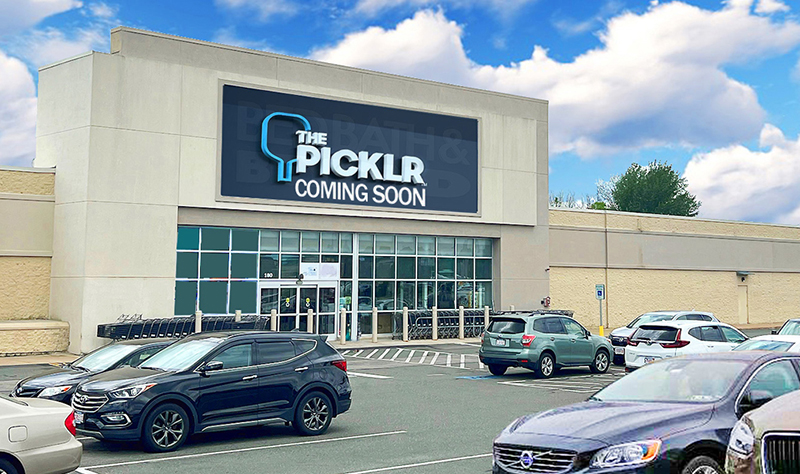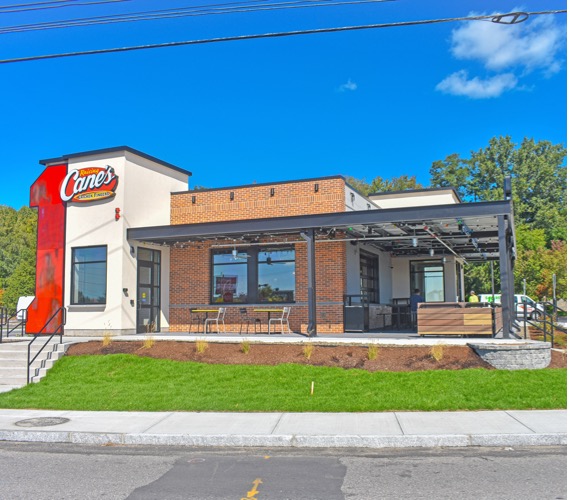News: Retail
Posted: February 27, 2014
ASTM E1527-13 has arrived: What will it mean to you
If we go back in time to over a decade ago, Congress passed the Brownfields Amendments to CERCLA in 2002. These Amendments further defined what it means to conduct "all appropriate inquiries" or "AAI" as a precondition for CERCLA liability defenses or Brownfields grants. Skipping ahead to 2005, USEPA publishes its AAI Final rule and includes a reference to the ASTM E1527-05 Standard Practice for Environmental Site Assessments: Phase I Environmental Site Assessment Process. Since that time, E1527-05 has been the most predominant standard used to complete Phase I Environmental Site Assessments. ASTM is an organization that periodically reviews and updates its standards. As such, ASTM's revision process commenced in 2010 for the E1527 Phase I standard.
For those who have been watching the evolution of this standard, the long awaited update to the ASTM E1527 has arrived. Specifically, the ASTM International's E1527-13 Standard Practice for Environmental Site Assessments: Phase I Environmental Site Assessment Process was released on November 6, 2013. Before we state what this "brave new world" means to you, we should state what it doesn't. In summary, the Phase I ESA process itself has not changed. Phase I ESAs are still comprised of four basic components:
1) Records review;
2) Site reconnaissance;
3) Interviews; and
4) Report preparation.
So what has changed? There are some subtle, but important changes. The changes in the new ASTM E1527-13 standard include:
Changes to the definition of a Recognized Environmental Condition or REC. In particular, the definition focuses around the term "release to the environment" and removing the terminology about where the release occurred (i.e., into structures on the property, groundwater). These changes were made to support the application of the REC definition to be consistent with CERCLA.
Changes to the term Historical Recognized Environmental Condition (HREC) and the addition of the term, Controlled Recognized Environmental Condition (CREC).
HREC: "a past release of any hazardous substances or petroleum products that has occurred in connection with the property and has been addressed to the satisfaction of the applicable regulatory authority or meeting unrestricted residential use criteria established by a regulatory authority, without subjecting the property to any required controls (e.g., property use restrictions, AULs, institutional controls, or engineering controls).
CREC: "a REC resulting from a past release of hazardous substances or petroleum products that has been addressed to the satisfaction of the applicable regulatory authority (e.g., as evidenced by the issuance of a NFA letter or equivalent, or meeting risk-based criteria established by regulatory authority), with hazardous substances or petroleum products allowed to remain in place subject to the implementation of required controls (e.g., property use restrictions, AULs, institutional controls, or engineering controls..."
Clarification of file review requirements, including the review of pertinent files on the property and any of the adjoining properties. If in the Environmental Professional's opinion such a file review is not warranted, the EP must provide justification in the Phase I report.
Addition of the definition migrate/migration as it pertains to vapors and the clarification of indoor air quality unrelated to subsurface contamination as a scope/non-scope item. The new standard also references ASTM E2600-10 Standard Guide for Vapor Encroachment Screening on Property Involved in real estate transactions.
Clarifications to user requirements indicating that the user is responsible for providing known environmental lien and AUL information, but the environmental professional is not precluded from searching for these files as well.
On December 30, 2013, the U.S. EPA in their Final Rule, recognized the newly issued ASTM E1527-13 Standard Practice for Environmental Site Assessments: Phase I Environmental Site Assessment Process, as compliant with the All Appropriate Inquiries (AAI) Rule. The US EPA noted that in their view, the new ASTM E1527-13 provides an improved process for parties who choose to undertake all appropriate inquiries. The Final Rule is effective now. By endorsing ASTM E1 527-13, this standard practice can now serve as an option for conducting "all appropriate inquiry" (AAI) for bona fide prospective purchasers, contiguous property owners, or innocent landowners who are seeking certain landowner liability protections under CERCLA or Superfund.
Do you have questions...The number one question we get regarding the updated Phase I ESA standard is, when should I use the new E1527-13 standard? Here are some guidelines for consideration. You should use the new E1527-13 Phase I standard if:
1) You are going to purchase a property.
2) You will be seeking finances from a lender that will require the last ASTM Phase I ESA standard.
3) You will take title to or obtain from imminent domain a property.
4) You are seeking AAI as a bona fide prospective purchasers, contiguous property owners, or innocent landowners who could be seeking certain landowner liability protections under CERCLA or Superfund.
Jeffrey Sotek, PE, CSP, CIH is the regional manager for HRP Associates, Inc., Auburn, Mass.
Tags:
Retail
MORE FROM Retail
Mace of KeyPoint Partners negotiates 36,192 s/f lease for The Picklr at Endicott Square
Danvers, MA KeyPoint Partners (KPP) negotiated a lease with the nation’s premier indoor pickleball venue The Picklr at Endicott Sq. Vice president of retail brokerage Don Mace negotiated the transaction on behalf of the landlord.




.jpg)



